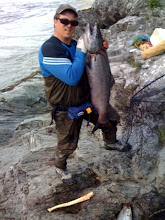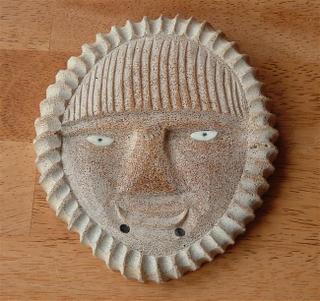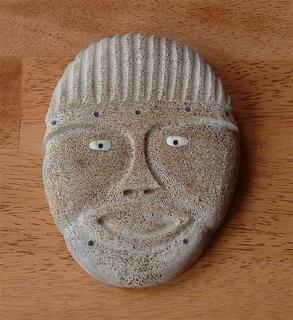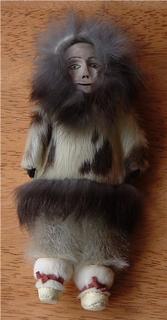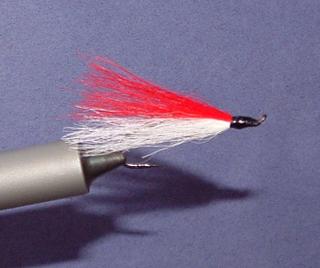
So what does the Alaska fisherman do during the winter? Tell lies and Tie Flies. The lies are obvious. The haul of the summer gets larger, the stories more elaborate, and the big one gets longer. Tying flies though is key to having a good next summer. You use a grundle of flies.
I went through c;ose to two hundred flies last summer (not a lie). There were the countless throwaways. I used to say I could never bend or break a Gamakatsu. I was wrong. I must busted up or bent out a couple of dozen at least. Salmon destroyed a couple of dozen more. The bottoms of several streams claimed a bunch as well. The rest I gave away.
I share a great deal with my fellow fishers as kind of a streambank camaraderie sort of thing. I probably giving away two for everyone I use. Of course this ruins my cost effectiveness for fly tying, but what you get in return is worth so much more
My favorite give away was to a boy about ten years old. He and his Dad were on their great Alaskan fishing trip. They were running low on flies so I spoke up and gave him one of mine in the color he wanted. He took a look at the fly and asked if it was hand tied, which it was. He got very excited and went to show his dad. "Dad" came up to me a few minutes later and told me how much he appreciated me giving his son the fly and told me that he wasn't fishing with it, he had put it in his cap for a keepsake. Chuckling to myself becasue my flies are definately not "keepsake" quality, I approached the boy a gave him a few more flies on the condition that he actually would fish with a couple of them.
The boy rigs up and wanders down the streambank to the designated kid spot near the Russian River ferry. About ten minutes later, here he comes walking up the bank with large red. The fish was still flopping in the kid's arms, but there was no way he was letting go. The smile on his face was incredible, I turned to say something to his dad and saw an even bigger smile of pride over what his son had done.
As the boy walked by, he told me, "Hey mister, I caught it on your fly."
A hand-tied coho fly; 35 cents. A Russian River Ferry Ride; eight bucks. Making a father son moment like that happen...
P.S. This story would not have been possible except for my wonderful, beautiful, and gracious wife who frees me to go fishing many times each year. It is a gift I do not say thank you for nearly enough.
